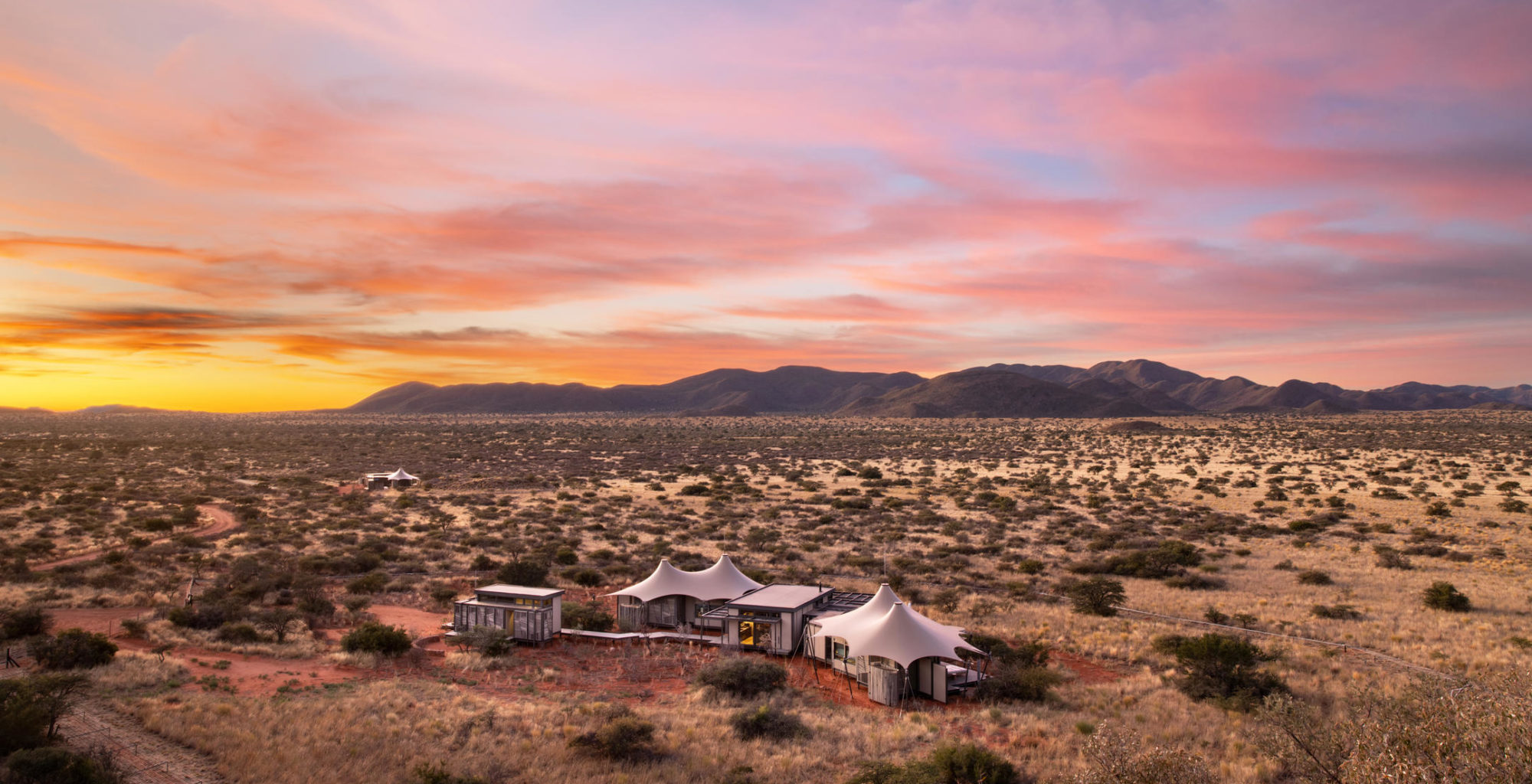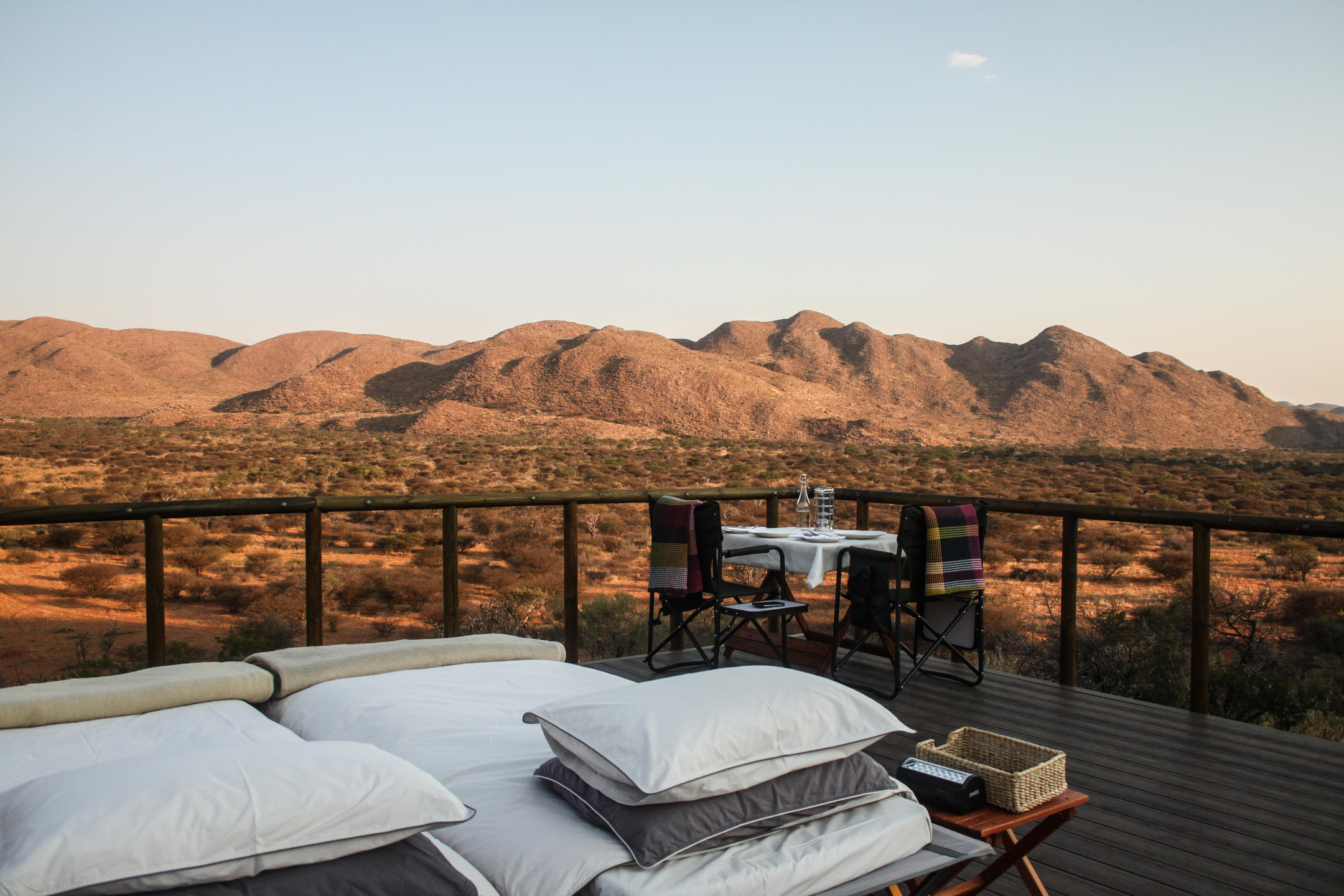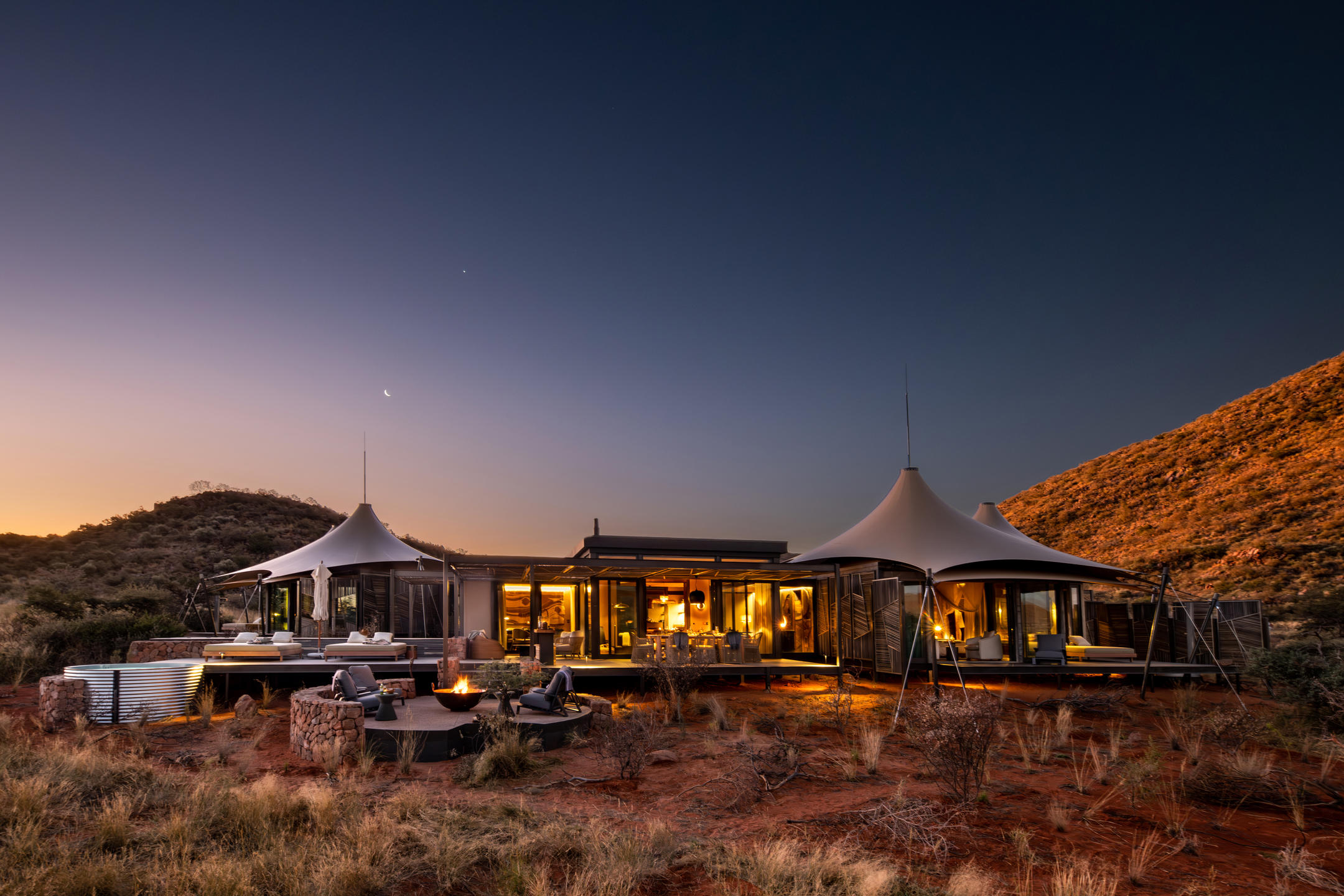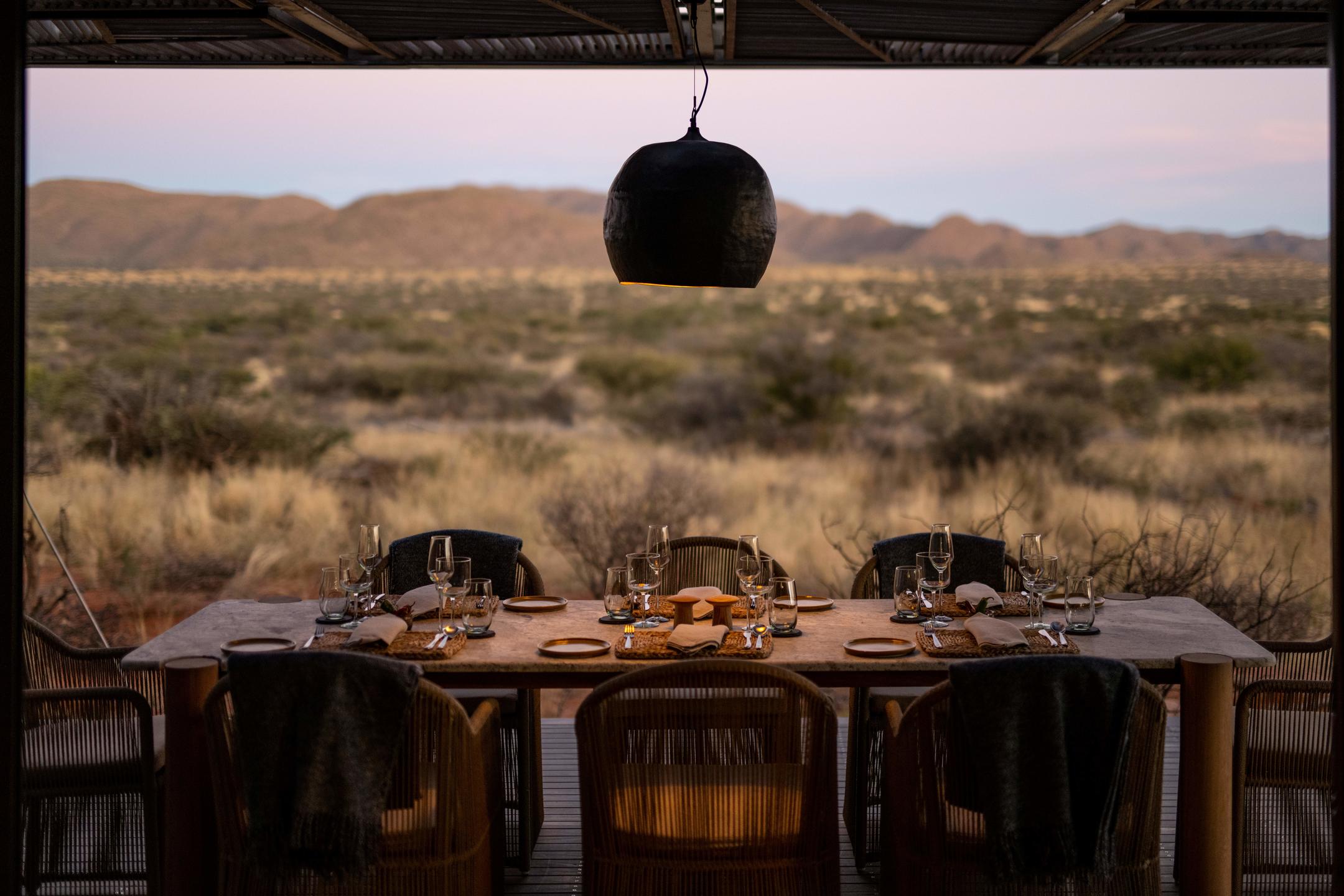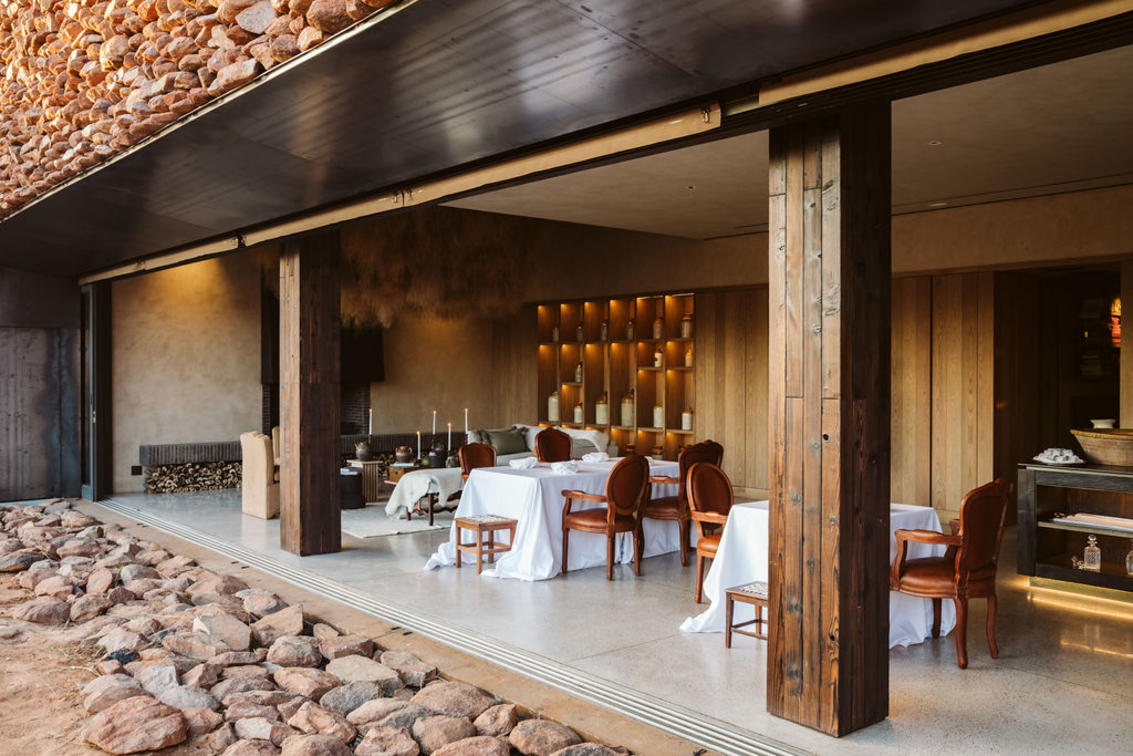As part of our desert series, exploration specialist Hannah Rayner takes us to Tswalu in the semi-arid southern Kalahari, sharing what makes this destination one of her all-time safari favourites. If available and budget allows, Tswalu’s a must for many a South African itinerary, especially honeymooners or couples travelling together. Not your typical desert adventure, it’s super popular among those in the know, meaning it needs to be booked well in advance. Well worth the wait, Tswalu is, as Hannah says, ‘the gold dust of travel dreams’.
A two-hour flight from Cape Town, Tswalu Kalahari Reserve, at 114,000 hectares, is South Africa’s largest private reserve and perhaps one of its most exclusive. I’ve been lucky enough to have visited twice, one trip way back in 2014 and another in January last year. I had very high expectations my second time, but somehow it was even better and my entire heart and soul (and belly) were won all over again.
Tswalu is a truly magical reserve: The landscape itself is enough to visit this part of the world – the way the desert changes colour at dawn and dusk, the stillness of the dunes and the saturated richness of the red soil blew me away. It’s indescribably beautiful.
